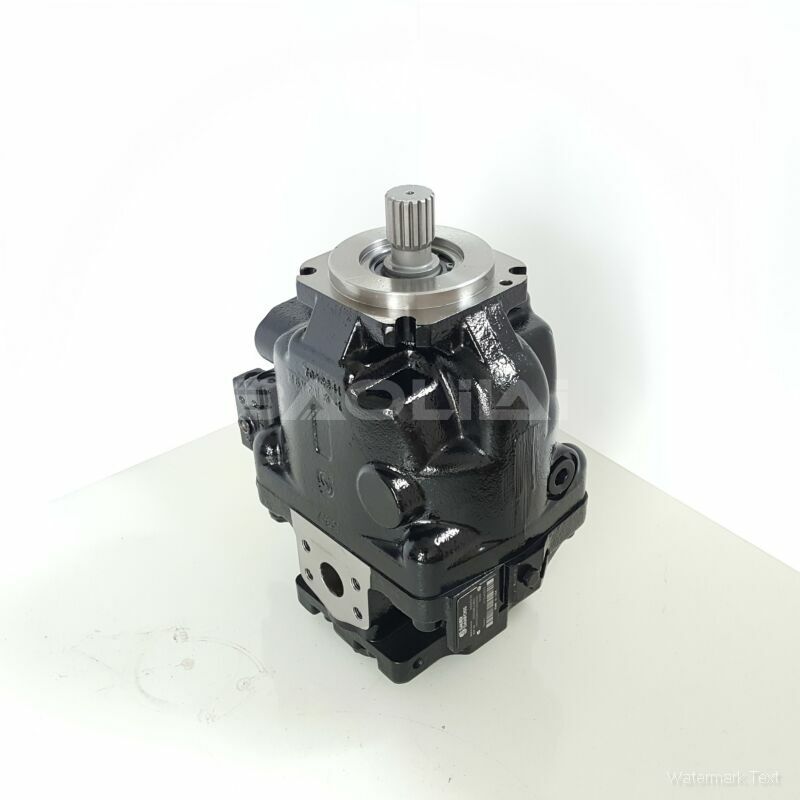ERR147CRP1020NNN3K5BPA1NAAANNNNNN piston pump
ERR147CRP1020NNN3K5BPA1NAAANNNNNN piston pump

- Product Details
- Applicable Scene
In recent years, the increasing focus on energy efficiency has brought hydraulic systems into the spotlight. Hydraulic pumps play a crucial role in fluid systems, and their design and operation directly influence energy consumption levels. This article explores how hydraulic pumps contribute to reducing energy consumption in fluid systems, ensuring sustainability and operational efficiency in various applications.
ER-R-147C-RP-10-20-NN-N-3-K5BP-A1N-AAA-NNN-NNN
ERR147CRP1020NNN3K5BPA1NAAANNNNNN
Hydraulic systems are widely used in industries such as manufacturing, construction, and automotive. They rely on pumps to convert mechanical energy into hydraulic energy, powering various machinery and equipment. However, conventional hydraulic pumps can be inefficient, often leading to excessive energy consumption. Therefore, understanding the role of hydraulic pumps in improving energy efficiency is essential.

83017382
One of the primary ways hydraulic pumps help reduce energy consumption is through the selection of the appropriate pump type and size. Positive displacement pumps, for instance, can provide higher efficiency than centrifugal pumps in specific applications. Understanding the system’s requirements—flow rate, pressure, and load—to choose the right pump can minimize energy usage. By using pumps that match the operational demands, system designers can significantly cut down on energy waste.
Another important factor is the implementation of variable speed drives (VSD) in hydraulic systems. Traditional hydraulic pumps often operate at a constant speed, leading to energy losses when the demand for power fluctuates. VSDs allow pumps to adjust their speed according to real-time demand, reducing energy consumption during lower load periods. This adaptability not only enhances efficiency but also prolongs the lifespan of the pumps and associated equipment.





